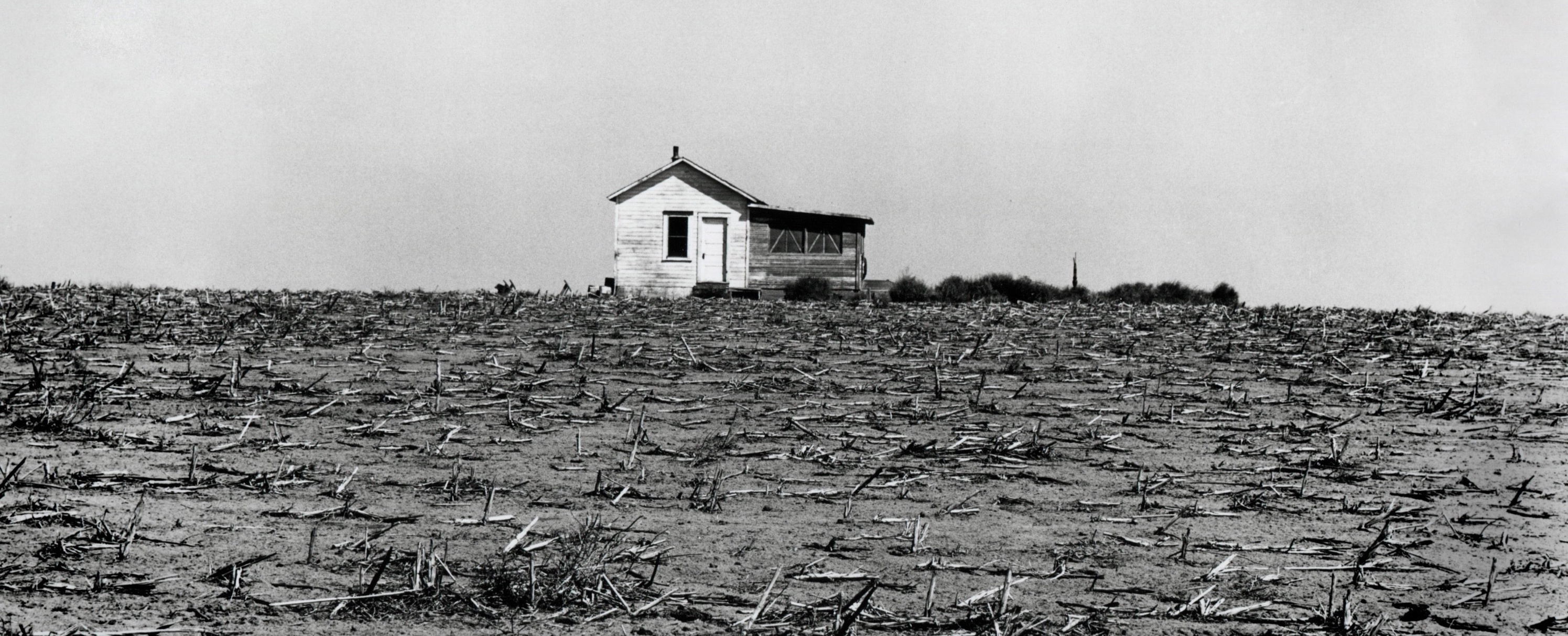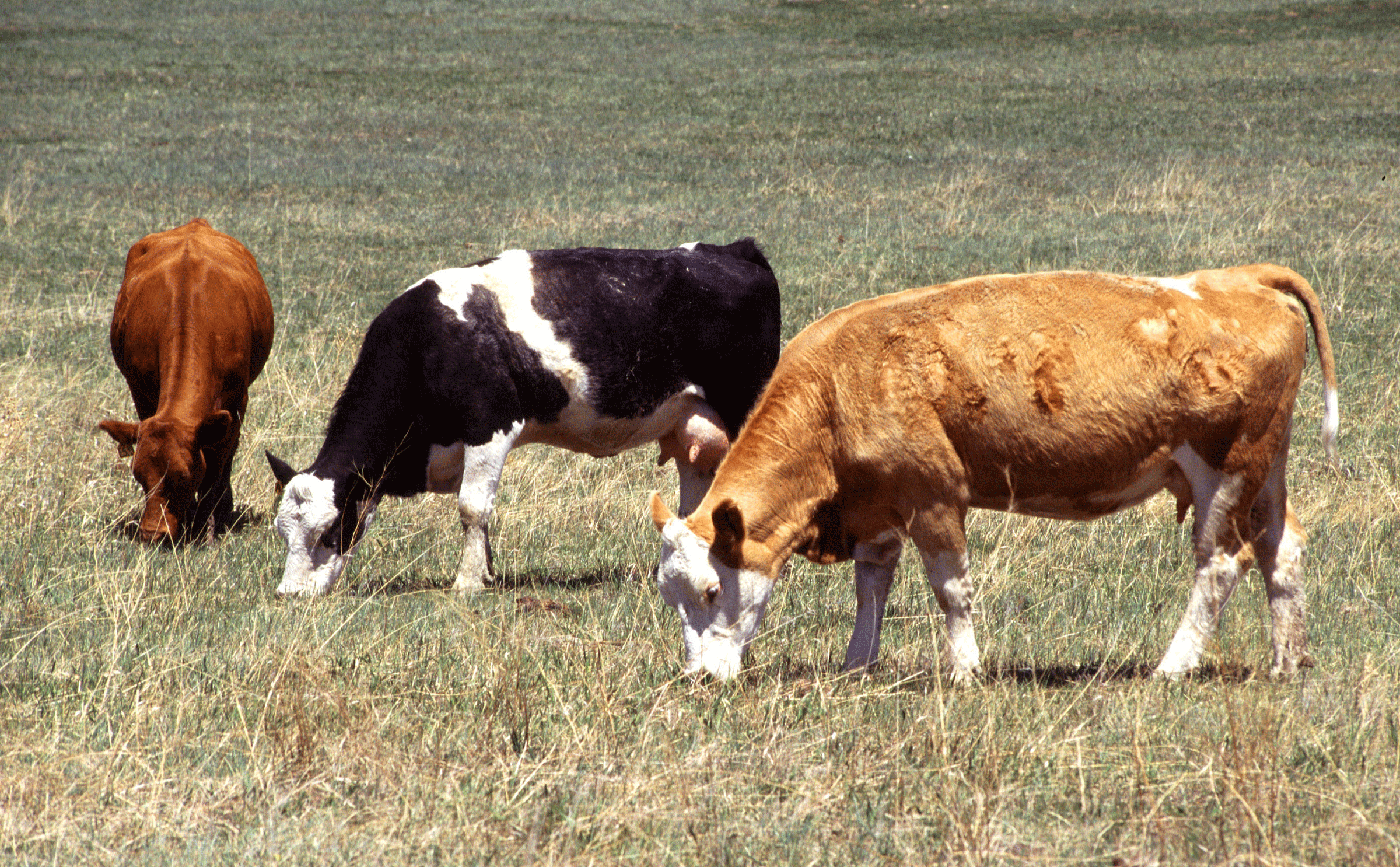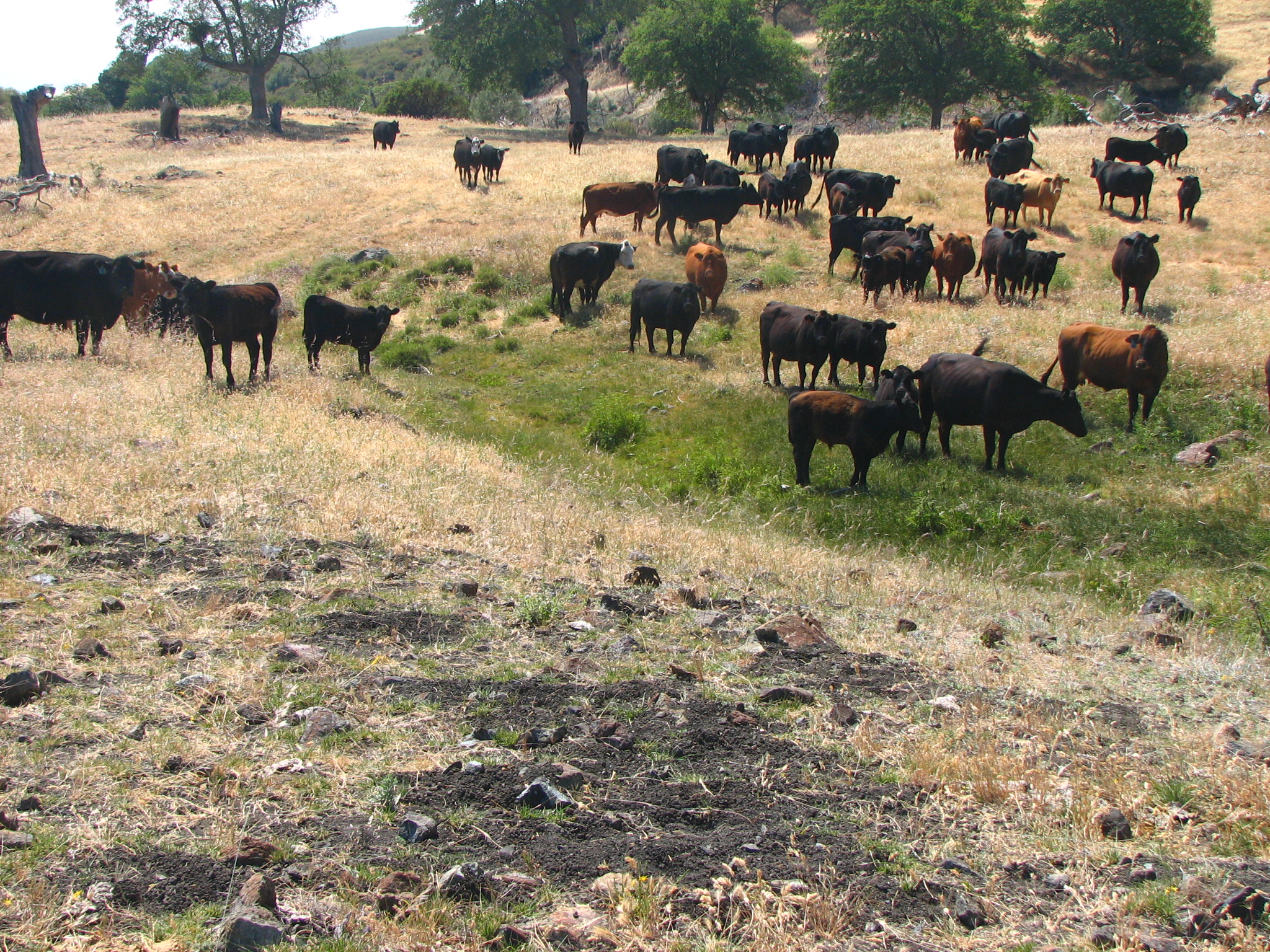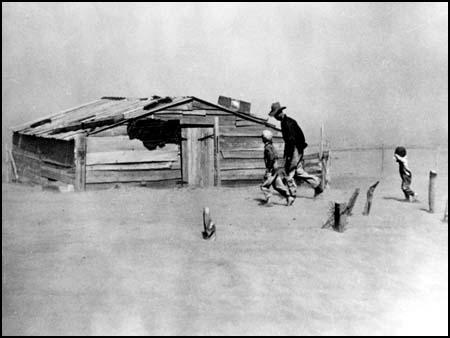Listen to "Great Depression New Deal Module Five - Impact of GD on Farmers and The Dust Bowl" on Spreaker.
The links below will help you with translating tools between English and Spanish.
1. Audio of a words in both English and Spanish. Will also translate phrases.
2. Google Search - Espana: The word can be typed in English, and the search finds results in Spanish, including images
3. Also Google Arabic is available.
2. Google Search - Espana: The word can be typed in English, and the search finds results in Spanish, including images
3. Also Google Arabic is available.
This is a group of farmers working on a farm in the 1920s.
* Does their work look easy?
* Why are they doing it?
* What would happen if anything bad happened that made it difficult or impossible to use the soil to grow things?
Farmers During The Great Depression
And
The Dust Bowl
And
The Dust Bowl
This is a modern day picture of a farm that was an active dairy farm in Northern Pennsylvania during the Great Depression. (Go ahead, Use the little person on Google Earth to look at this farm from a "Street View." This farm was very active dunning the time you are learning about. )
The farmers who ran this farm, Thomas Stevens and his son Gordon, kept working the best they could, but it was not easy. They did NOT want to let it go out of business. It had been in their family since 1760. They experienced some of the same money earning problems you are about to read about.
Remember what we learned earlier about farmers:
* In 1919 farmers in the U.S. made $21.4 BILLION.
* By 1929 this amount had dropped to $11.8 BILLION.
* That means that U.S. farmers had lost almost ½ of their total income. This was bad, but it would get worse.
Reasons Farmers Lost Money
One reason this drop in income (money you make) happened was that Americans in the 1920s ate 75 fewer pounds of food than 10 years before. Farmers were not selling as much.
Another reason was that prices on farm products dropped, A LOT.
Between 1929 and 1932 crop and animal prices dropped by almost 75%. An example is that corn at the beginning of 1929 was selling at $1.00 per bushel. At the beginning of 1933 it was selling at $0.36 cents per bushel. That is a drop of 66%. The impact on the amount farmers earned was BIG! Their income dropped again, this time by 60% from $11.8 to $6.5 billion.
|
What happens when your income drops this much? Loss of land. The bank you owe money to comes and takes your farm because you CANNOT pay them back.
Many farmers actually DID lose their land when they could not pay their bills. When the bank takes property because a person is not paying their bill it is called FORECLOSURE.
Often a farmer's year goes like this:
- Borrow money to get seeds, fertilizer, equipment, and other supplies so you can do your farming for this year. To convince the bank to give you the money, you sign papers saying they can take your farm if you do not pay the loan back.
- Harvest crops, send animals for processing into meat, send milk to be sold.
- Use the money you get from selling your products to pay the bank for the money you borrowed. You also must pay for day to day expenses ( food, clothes, etc.) from this money you make.
If a farmer cannot get enough money from selling their products several things may happen:
* They will not have enough money for daily expenses
(food they need to buy, clothing, fuel, farming supplies)
* Since they borrowed from the bank to get what they needed to start farming, and they were not making enough money, they may not be able to pay their bill to the bank, and the bank may end up taking their property (foreclosing) and selling it to pay back what they owed the bank.
This began happening more and more. Between 1929 and 1933 1/3 of all farmers lost their farms.
This a foreclosure sale of a farm, where people came to bid to buy farmer's land, animals, equipment, and even his house
***
Listen to this to hear some of the story of farming during The Great Depression
Dust Bowl??? What was that???
Dust storm closing in on a town. Scary? Dangerous?
***
See and hear about Dust Storms before reading about them
At the same time farmers were trying to save their land from being taken from them by the banks they had other problems.
In some parts of the nation farmers had been using their land unwisely. They had been working it so hard that it started to dry up.

There had been:
- Long times of drought (not enough water)
- Long times of overgrazing (letting your cows eat [graze]the grass for so long the grass will not grow back)
- Long times of Plowing too much (Over-plowing)
At least 10 plows all working the same place??? Too Much???
Good for soil???
If the soil (dirt) was this dry, and the wind got really strong…
What would happen?
When drought (not much rain) hit, and great wind storms blew up, the dry dusty land blew away. There was no longer enough grass growing to hold the dirt together. This would be called a DUST STORM.
See the dust storm coming? How dry did the land have to be to make that happen?
The dust pieces like this that had blowing through the air for miles had been ground into small tiny pieces. It could get in past closed windows and doors and cover everything.
Kids about to walk to school wearing goggles and masks
See what invaded, sometimes, after dust storms
This happened over such a large area of the country it was called the “Dust Bowl.”
The Dust Bowl area is in red, yellow, and brown.
How does the key on the map help you understand even more?
What land that was left would not grow crops because all the good dirt was gone with the wind. Then when the DUST STORM stopped and dropped the dust, it would bury other farm land.
What happened to the farm in the place where the wind stopped , and dropped all that dust? Notice how 1/2 of the building is covered, and only about 1 foot of a 4 foot fence post is above the dust level.
This would mean that the crops of other farmers would be destroyed When the crops were destroyed, the farmers would make NO money. They also would not be able to pay their bank loans, and the bank would take (foreclose) their farm. This was very sad, and people wrote music as a way to deal with the frustration:
The Talking Dust Bowl Blues - Woody Guthrie - 1940
Farmers who lost their land in this may might decide to try to find work farming in other parts of the country. To do this they would have to move from place to place. They came to be called migrants.
These people have all their things loaded on the back of their truck and a wagon, and are out on the road looking for food
Migrant farmers from the Dust Bowl in Oklahoma were called Okies Those from Arkansas, where the Dust Bowl was even worse were called Arkies.
Okies (people moving from Oklahoma) in their car heading to California to get work. On the way they stopped in Arizona to pick cotton to make money so they could keep going
This will show you the story of migrants during the Great Depression








